Fecal Deterrents for Cats: A Complete Guide to Prevention, Products, and Safe Dosing
Dealing with inappropriate defecation can be one of the most stressful and emotionally exhausting challenges for cat owners. Whether your cat is eliminating outside the litter box, soiling furniture, or defecating in gardens or on floors, this issue can severely impact the cat-owner bond. Fecal deterrents—both behavioral and physiological—have emerged as effective tools to reduce or eliminate such behaviors when used appropriately.
This comprehensive guide covers everything you need to know about fecal deterrents for cats, including their types, indications, mechanisms of action, safety considerations, and detailed usage and dosage guidance.
Understanding Inappropriate Defecation in Cats
What Is It?
Inappropriate defecation occurs when a cat passes stool outside designated elimination areas, typically the litter box. It differs from urinary marking and may have medical, behavioral, or environmental causes.
Common Signs
- Pooping outside the litter box
- Defecating on beds, rugs, or furniture
- Burying feces in potted plants or corners
- Frequent switching of defecation sites
Causes of Inappropriate Fecal Elimination
| Category | Possible Causes |
| Medical | Constipation, diarrhea, arthritis, GI parasites, IBD, anal gland issues |
| Behavioral | Stress, territory conflict, litter box aversion, attention-seeking |
| Environmental | Dirty litter boxes, wrong litter type, lack of privacy, noise |
| Cognitive/Neurological | Dementia, age-related confusion |
Addressing the underlying cause is essential. Fecal deterrents should only be used after veterinary diagnosis or in conjunction with medical/behavioral treatment plans.
What is a Fecal Deterrent for Cats?
A fecal deterrent is any product, supplement, or strategy designed to discourage cats from defecating in inappropriate places by altering behavior, modifying stool odor/taste, or addressing underlying stressors.
There are three main types of fecal deterrents:
1. Dietary Fecal Deterrents
Used primarily in multi-pet households to deter coprophagia (eating feces) and reduce stool odor. These can alter stool palatability or composition.
2. Behavioral Deterrents
Products or tools that modify the environment or behavior to prevent inappropriate pooping (e.g., repellent sprays, training aids, pheromones).
3. Pharmacological Support
In cases linked to anxiety, medications or supplements (e.g., Anxocare, fluoxetine, clomipramine) may help reduce stress-related elimination.
Indications for Use of Fecal Deterrents in Cats
1. Litter Box Aversion
- Cat defecates near but not in the litter box.
- Signs include reluctance to enter, rushing out, or covering feces outside.
2. Territory Marking or Stress
- Triggered by new pets, visitors, or household changes.
- Often involves pooping in visible or high-traffic areas.
3. Age-Related Cognitive Decline
- Elderly cats might struggle to recall where the litter box is or how to use it appropriately.
4. Coprophagia Prevention
- In multi-pet households, dietary deterrents make feces less palatable to other animals.
5. Outdoor Elimination Deterrence
- For cats that defecate in gardens, driveways, or neighbor’s yards.
Feeding Instructions and Dose Guidelines
A complete dosage reference for frequently used feline fecal deterrents is provided below. Always follow veterinary guidance when using any of these products.
Dietary Fecal Deterrents Dosage
| Product | Cat Weight (kg) | Dosage | Frequency | Notes |
| For-Bid | All weights | Small pinch (1/8 tsp) | Twice daily | Mix with food; use 5–7 days |
| NaturVet Coprophagia | Up to 5 kg | 1 chew | Twice daily | Can continue for 2–4 weeks |
| >5 kg | 2 chews | Twice daily |
Behavioral Supplement Dosage Table (e.g., Anxocare Vet)
| Cat Weight (kg) | Anxocare Dose | Frequency | Method |
| 1–2.5 kg | ½ tablet | Twice daily | Oral, crushed in food |
| 2.6–5 kg | 1 tablet | Twice daily | With wet food preferred |
| 5.1–7.5 kg | 1½ tablets | Twice daily | May be split or hidden in treats |
| >7.5 kg | 2 tablets | Twice daily | Use food for better acceptance |
Prescription Medications (Fluoxetine, Clomipramine)
Use only under veterinary supervision
| Medication | Dose Range | Frequency | Notes |
| Fluoxetine | 0.5–1.0 mg/kg orally | Once daily | Requires 3–6 weeks for effect |
| Clomipramine | 0.5–1.2 mg/kg orally | Once or twice daily | Monitor for sedation, GI upset |
How to Use Fecal Deterrents Effectively
- Address Potential Health Issues: Veterinary guidance is essential to eliminate medical triggers.
- Clean Soiled Areas Properly: Use enzymatic cleaners to prevent repeat offenses.
- Modify the Environment: Add litter boxes, change litter type, or relocate boxes.
- Use Deterrents Consistently: Apply sprays, dietary supplements, or medications daily.
- Combine Approaches: Often, the most success comes from integrated behavioral and pharmacological support.
- Track Progress: Maintain a log of defecation habits, location, timing, and stressors.
Top Fecal Deterrent Options for Cats
Fecal deterrents are used to discourage cats from inappropriate defecation, whether due to litter box aversion, behavioral stress, or outdoor marking. They work by either modifying the cat’s behavior, altering feces palatability (in cases of coprophagia), or creating aversive cues in undesired areas.
1. Stool-Away (Veterinary Formula)
- Type: Oral supplement (tablet or powder)
- Main Use: Prevents coprophagia (eating of feces) by making feces unpalatable
- Key Ingredients: Yucca schidigera extract, parsley leaf powder, chamomile
- How It Works: Alters the smell/taste of feces via digestive action
- Best For: Multi-cat households, kittens, cats with anxiety-driven feces consumption
Use only under veterinary supervision, especially in cats with GI sensitivities.
2. NaturVet Coprophagia Deterrent Plus Breath Aid
- Type: Chewable tablet or soft chew
- Main Use: Stops feces-eating by altering smell; freshens breath
- Key Ingredients: Cayenne pepper, yucca extract, parsley
- How It Works: Digestive enzyme blend discourages feces palatability
Suitable for long-term use with behavioral modification.
3. Feliway Classic Spray & Diffuser
- Type: Synthetic pheromone (environmental spray or plug-in)
- Main Use: Reduces territorial stress, marking, and aversive defecation
- Key Component: F3 facial pheromone analog
- How It Works: Mimics the cat’s own calming pheromones to reduce anxiety
- Best For: Stress-driven inappropriate defecation, multi-cat conflicts
- Application:
- Spray: 1–2 spritzes at targeted locations, twice daily
Non-medicated, safe for all life stages. Often paired with litter box retraining.
4. CatScram Ultrasonic Deterrent
- Type: Motion-activated electronic repellent
- Main Use: Keeps cats out of restricted areas (e.g., gardens, rugs)
- Mechanism: Emits ultrasonic tone above human hearing threshold
- How It Works: Conditioned avoidance through harmless startle response
- Usage:
- Place near targeted zone (e.g., floor corners, planters, carpeted areas)
Not suitable for all cats—particularly those with hearing loss or extreme fear responses.
5. Bitter Apple Spray / Fooey! Ultra-Bitter Spray
- Type: Topical taste deterrent spray
- Main Use: Deters chewing and area-marking, sometimes used around inappropriate defecation spots
- Key Active Agent: Denatonium benzoate, widely regarded for its extreme bitterness
- How It Works: Bitter taste discourages repeat contact/soiling
- Application: Light spray on surfaces to deter visits (test for discoloration first)
Not effective for every cat; may require rotation with other deterrents.
6. Clean Response Training with Zero Odor or Nature’s Miracle
- Type: Litter box spray / odor neutralizer
- Main Use: Encourages return to litter box by removing residual smells
- How It Works: Molecular odor elimination (vs masking) resets cat’s scent memory
- Best For: Litter aversion, multi-cat boxes, post-defecation cleanup
- Use Directions:
- Apply daily after litter change or to soiled areas to eliminate urine/feces odor
Fecal Deterrent Safety and Risk Assessment
Fecal deterrents for cats include a range of dietary supplements, herbal calming agents, environmental repellents, and prescription medications. While most over-the-counter products are generally well tolerated, the safety and side effect profile can vary significantly depending on the type of deterrent used. Understanding these factors is essential to ensure your cat’s well-being during treatment.
Overall Safety Considerations
- Natural and dietary deterrents (e.g., For-Bid, NaturVet, yucca extract) are considered safe for short-term use in healthy adult cats when administered at the correct dose.
- Behavioral calming agents like Anxocare are formulated with herbal ingredients and are non-sedative, making them well suited for longer-term use under veterinary supervision.
- Prescription medications (e.g., fluoxetine, clomipramine) carry more potential risks and should only be used when recommended and monitored by a veterinarian.
Commonly Reported Side Effects
| Product Type | Potential Side Effects | Frequency |
| Dietary deterrents | Vomiting, flatulence, reduced appetite, food aversion | Rare |
| Yucca schidigera extract | Diarrhea, nausea if overdosed | Rare |
| Herbal calming agents | Mild GI upset, hypersalivation, refusal to eat when given without food | Very rare |
| Prescription medications | Sedation, GI upset, behavioral changes, agitation, anorexia | Occasional to common depending on dosage and duration |
Precautions and Contraindications
| Situation | Precautionary Guidance |
| Pregnant or lactating cats | Avoid unless approved by a veterinarian due to lack of safety data |
| Kittens under 6 months | Use with caution; dosage adjustments may be required |
| Cats with liver or kidney issues | Monitor closely; some supplements and medications may need adjustment |
Signs of Overdose
- Vomiting or persistent diarrhea
- Loss of appetite
- Dehydration
- Excessive sedation (in the case of prescription medications)
If overdose is suspected, discontinue the product immediately and seek veterinary support.
Veterinary Monitoring Recommendations
- For natural deterrents and supplements, periodic check-ins (every 4–6 weeks) are generally sufficient.
- For prescription medications, regular monitoring of behavior, appetite, and blood work may be necessary—especially during the first 6–8 weeks of treatment.
When to Seek Veterinary Help
- Soiling continues despite proper use of deterrents
- Signs of pain, diarrhea, or straining during defecation
- Sudden change in behavior or litter box habits
- Excessive grooming of the anal area
- Blood in stool or refusal to defecate
Conclusion
Fecal deterrents are valuable tools in addressing inappropriate defecation in cats, but they are most effective when used in combination with a full veterinary assessment and behavioral modifications. Whether using dietary deterrents, environmental repellents, or calming supplements like Anxocare, consistency, patience, and professional guidance are key. Solving elimination problems takes time—but with the right strategy, your cat can return to healthy and appropriate litter box behavior, restoring peace and cleanliness to your home. Inappropriate defecation in cats can be both frustrating for owners and distressing for the animal. Whether driven by stress, environmental factors, medical conditions, or behavioral imbalances, this issue demands a comprehensive and compassionate approach.







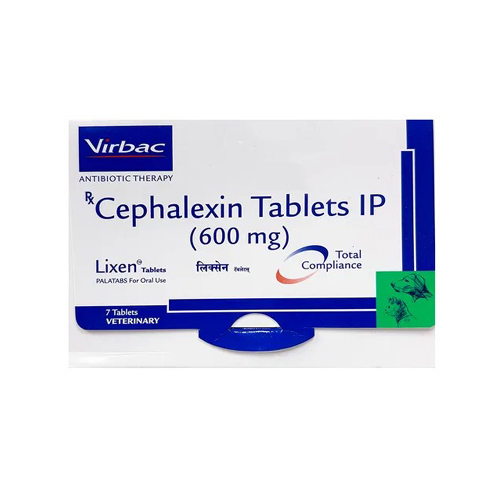
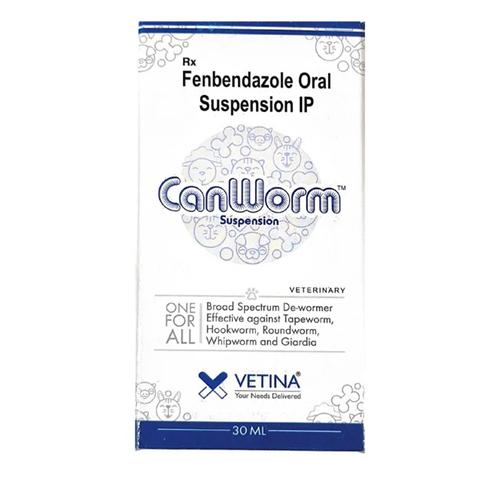



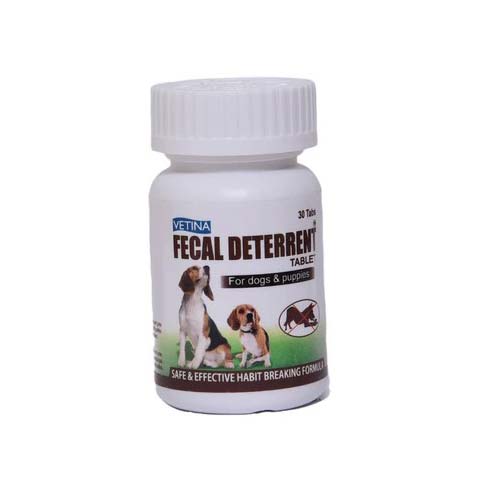
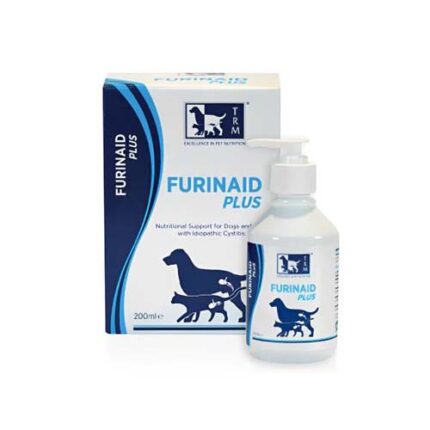
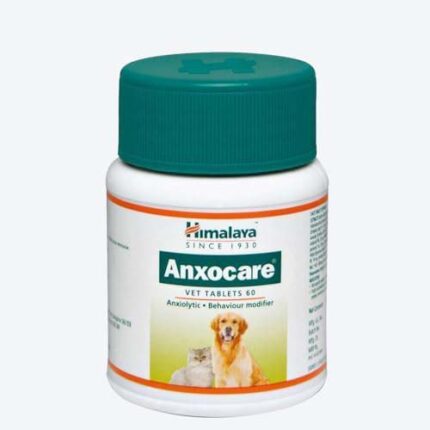
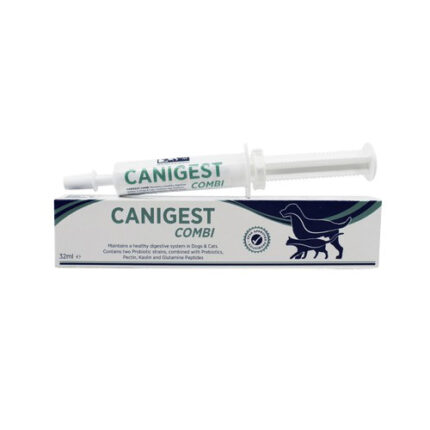
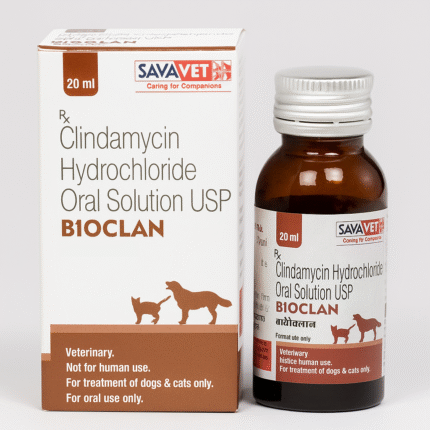

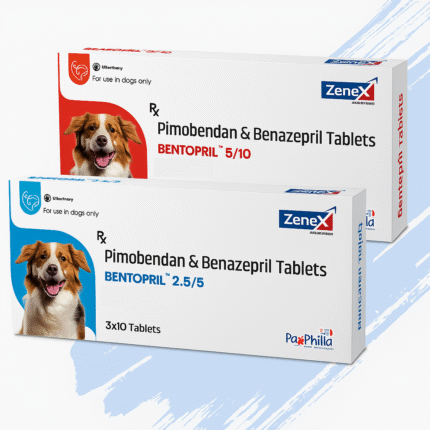
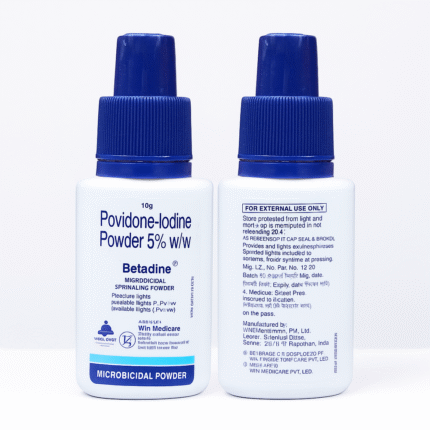
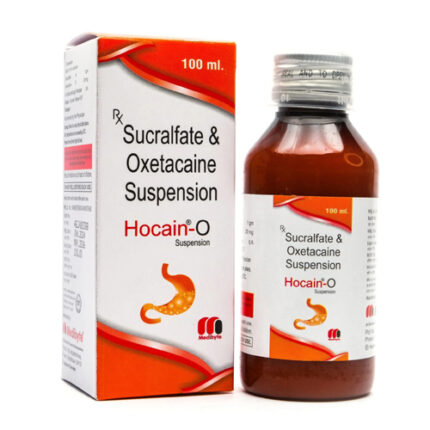
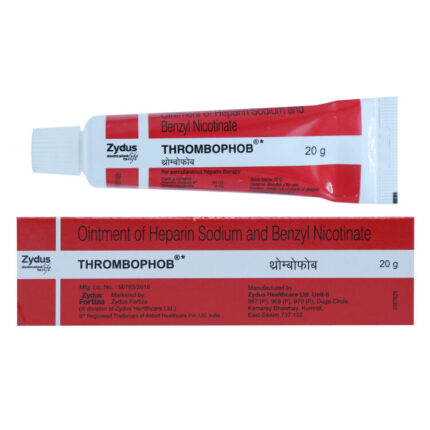
Reviews
There are no reviews yet.